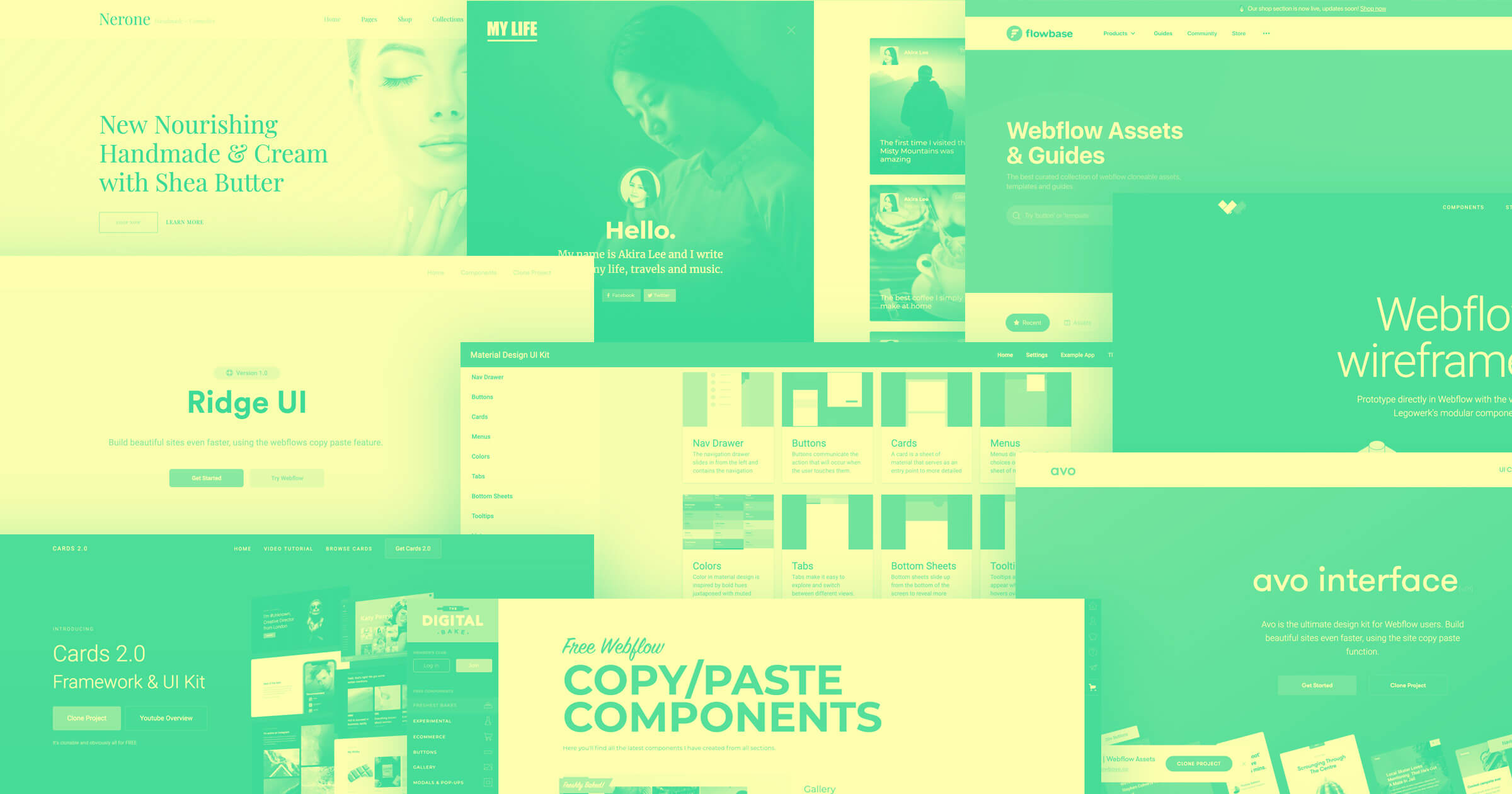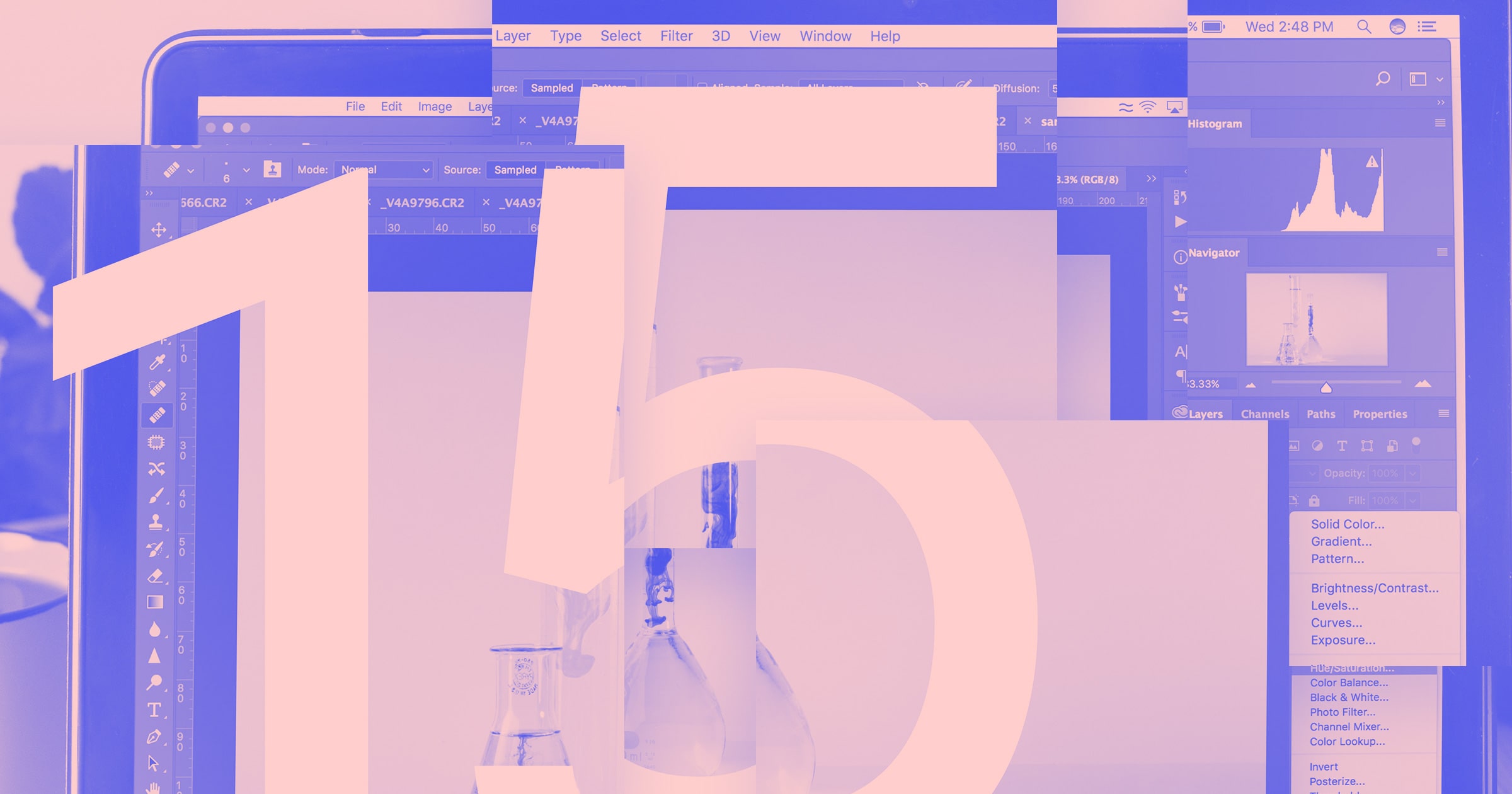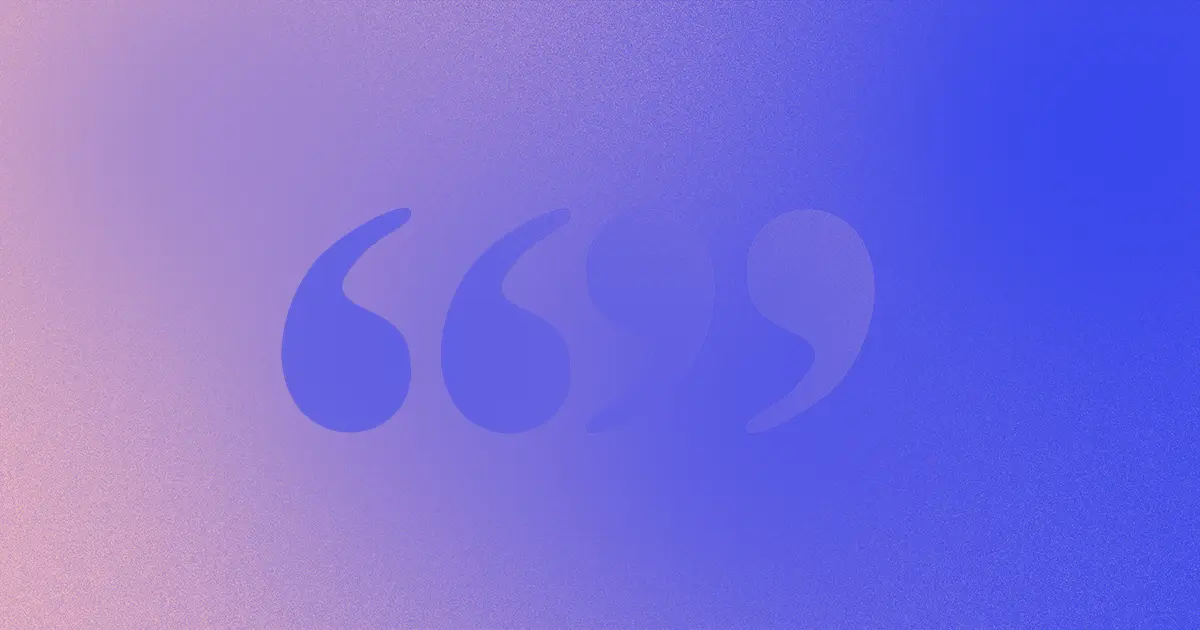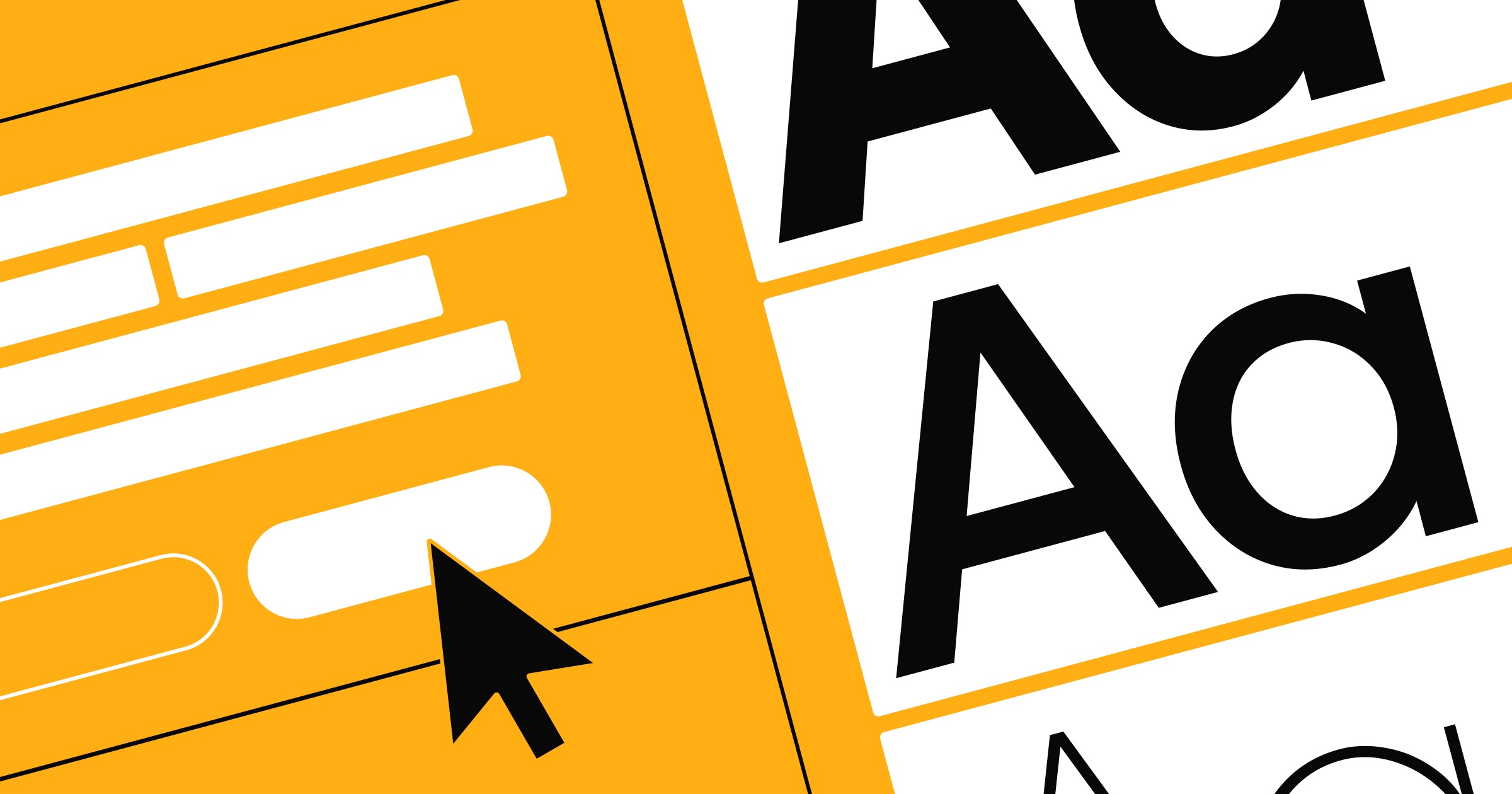Keep clients informed and teammates prepared with a clear and concise design brief.
A crucial part of project design is succinctly expressing desired outcomes to properly set expectations for your team and the client. Even if you’re working on a solo project, knowing where you plan to go helps you stay on track.
Creating a design brief means understanding a project’s long-term outcome and what you need to get there, giving clients insights about your process, and delegating tasks across team members.
What are design briefs?
Conceptually similar to a statement of work (SOW), a design brief is a document that identifies your design project's goals, strategy, and scope. It’s the framework for your project plan, usually tracked in a project management software assistant like Asana, ClickUp, Monday, or similar tools.
A design brief is sometimes called a project brief or a creative brief, but a design brief focuses on a project's production and business phases. It helps clients communicate their needs to an agency or designer. A creative brief, on the other hand, dives into specific areas of the project phase concerned with creative execution, like customer expectations, a client’s brand identity, or the necessary design elements.
These briefs lay the groundwork for the entire project to ensure alignment between designers and clients from the first step.
Why are design briefs important?
No matter what you’re creating, be it a website or physical product, design briefs set your team up for success. Here’s how they help.
Set project expectations
Send briefs to clients for review and approval to decrease the chance they’ll be unpleasantly surprised by a project’s timeline or necessary resources. Setting clear expectations is the first step to meeting them.
If you’re working with a team, a brief helps them understand what’s expected, preventing delays or disagreements. If a team member knows they can’t complete a site’s wireframe within the timeframe you’ve outlined, for example, you can adjust the plan to give that step more time from the beginning.
Create a trusting relationship with your client
By sharing a design brief with your client, you include them in the process and demonstrate you value their input. They’ll likely reciprocate this by trusting you or your team, meaning they won’t slow down the project by constantly reviewing progress or asking questions about deadlines.
Define quality standards
Design projects become complicated quickly — you have to consider accessibility guidelines, a client’s location, platform specifications, and more. But creating a brief allows you to outline everything needed to meet quality standards and avoid putting yourself, your team, or the client in a sticky situation. If you’re drafting a website design brief, for example, you might include the number of unique pages and any customizations that the project will require.



















Get started for free
Create custom, scalable websites — without writing code. Start building in Webflow.
Writing a design brief
Most examples of design briefs or templates include a customized selection of the following nine sections. Use those that are most valuable to your project when drafting a plan.
1. Client profile
Open the brief with a few sentences describing the client. Include their name, what they do, and contact information. If creating a digital document, also add relevant branding like slogans and a link to design files such as colors and various logo versions. This shows you’ve done your research and know who you’re working with.
2. Project overview
Without diving into the details, define what you or your team will accomplish for this client. Outline an overall timeline, key milestones, and whether you expect to extend this contract for further deliverables or if the project’s a one-off.
3. Project goals
Now’s your chance to get more detailed. Outline the project’s short and long-term objectives as well as dependencies. For example, you might need the client’s marketing team to complete one task before your UX designer can start another. Identifying relationships like these lets you better plan timelines and prevent delays.
4. Target audience
You’re designing something for the client’s target audience, so understanding their needs and preferences is key. Define the target audience with demographic factors such as age, gender, and location to get started, then dive deeper with information such as interests, pain points, and motivators.
Be sure to leverage the client’s buyer personas if they’ve prepared some already, or consider building your own with customer information that’s available to you. Doing so will help you better understand how the target audience interacts with the product or service you’re designing.
5. Competitors
Understanding what’s overdone in your client’s field can help you stand out. And if you’re new to the client’s industry, learning what to include in this project could make it more effective. Do some research and outline key findings about the industry to identify untapped areas or overdone trends.
6. Design requirements
Outline the specific parameters, goals, and constraints that you should take into consideration during the design process. These serve as guidelines to ensure the design meets the needs and expectations of the client. Design requirements typically include:
- Technical requirements: the technical specifications the design must meet, such as the file formats, resolution, or apps that the design must integrate.
- Brand and style requirements: the colors, logo variations, and other visual elements critical to the brand identity that must be included.
- Functional requirements: the features and functions the design must perform to achieve its objective, such as a site handling a certain threshold of traffic or a maximum page load time.
7. Project timeline
Define a detailed timeline for every project task, noting who’s responsible for what and any dependencies between items. Include more removed elements, like mandatory meetings and tasks other teams must complete for you to move forward, to account for each step of the process.
8. Budget
If you’re drafting a design brief, you’ve likely agreed on pricing with the client, whether that’s a set cost or a flexible range. In this brief, define your starting budget and outline pricing expectations at each project stage — both what the client owes you and what you need to finish the project.
9. Project deliverables
State precisely what the client will receive when you complete the project. For a website, this might be a five-page live site that’s search engine optimized, set up with Google Analytics, and has a review widget and a pay-per-click ad running.
Use Webflow for your next project
Design briefs ensure your client’s informed and your team understands project expectations. These documents are also a great way to keep stakeholders updated to avoid surprises that cause roadblocks.
Try Webflow for your next website design project. You’ll enjoy a visual development platform that offers thousands of free and paid templates to get you started.































